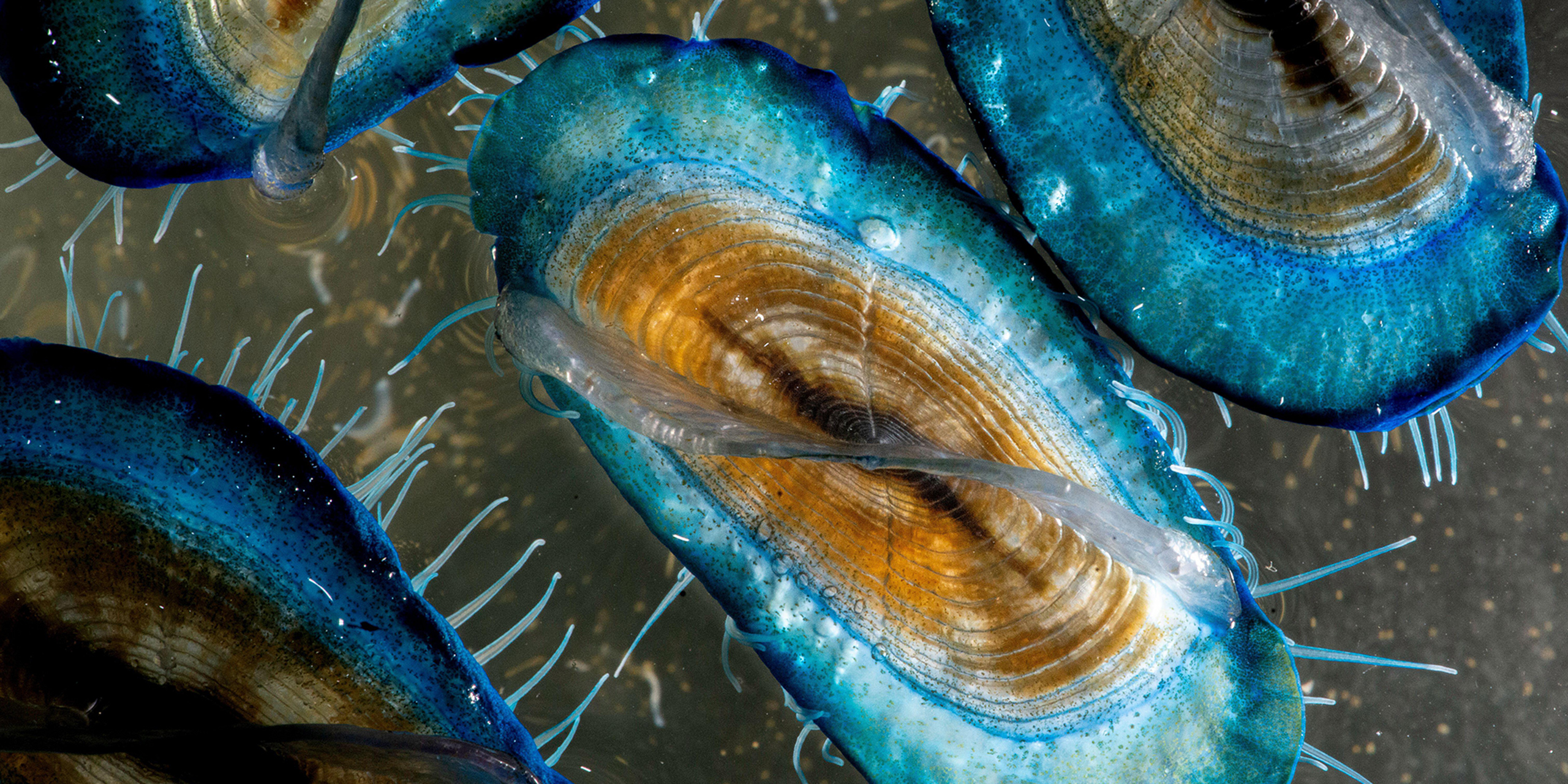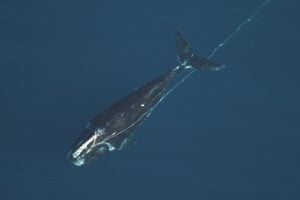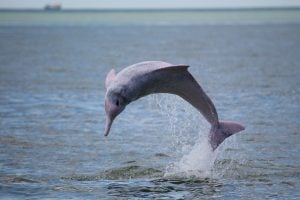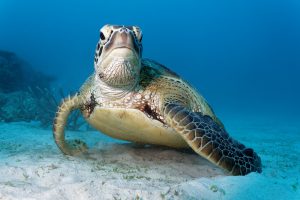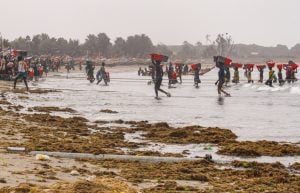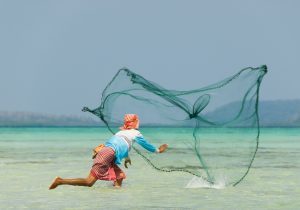Positive stories about the ocean seem to be in increasingly short supply. Spiking ocean temperatures, coral bleaching, plastic pollution and overfishing plague the seas and dominate our headlines.
In honour of World Oceans Day, we asked some of our team what they love most about the ocean. This showcase is a reminder that there is so much out there that’s worth saving.
Southern right whale
Fermin Koop – Managing editor, Latin America
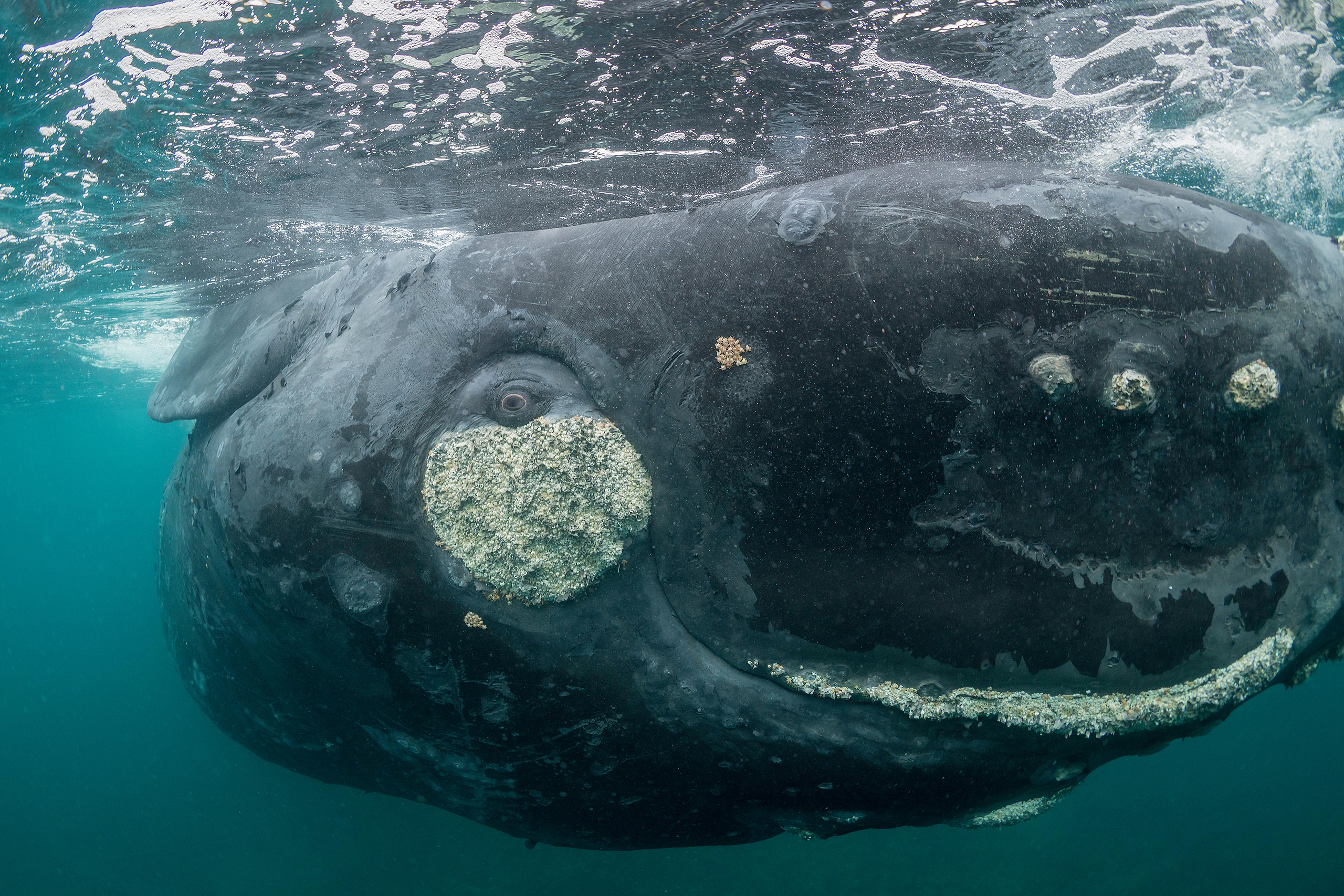
Every year, between May and December, southern right whales congregate near the city of Puerto Madryn in Argentina for their mating season. Tourists arrive to watch the whales from the shore and on boats, following strict regulations. It’s an incredible spectacle as whales spanning up to 16 metres jump out of the water just a short distance from spectators. After centuries of commercial whaling devastated their numbers, the southern right whale has managed to rebound and is now the most abundant of the world’s three right whale species. Still, these calm, curious animals are threatened by industrial fishing ships that catch them accidentally, and by noise pollution. Their protection remains vital.
Bajo sea nomads
Fidelis Satriastanti – Editor, Maritime Southeast Asia
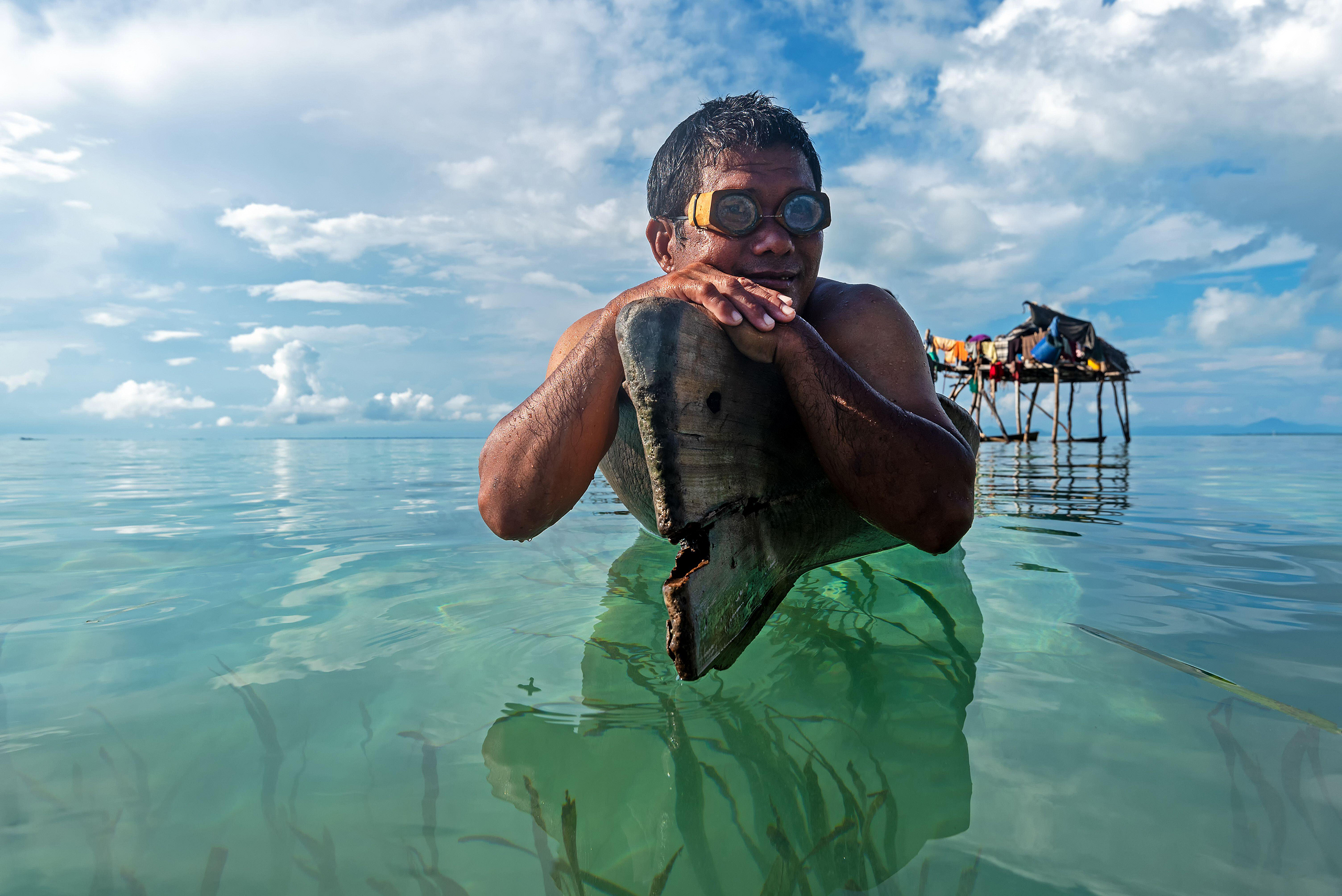
Approximately one million Bajo sea nomads live in scattered communities along the coasts of Indonesia, Malaysia and the Philippines, where they have resided for many generations. A stateless people, the Bajo – also known as Bajaw, Bajau or Sama-Bajau – spend most of their time at sea, using wooden goggles and simple spears to hunt creatures such as sea cucumbers. They are famed for their freediving skills: on average, they can stay underwater at 60 metres deep for more than 10 minutes. The Bajo deliberately rupture their eardrums at an early age so they can dive longer and deeper without pain.
Hong Kong’s corals
Regina Lam – Assistant editor
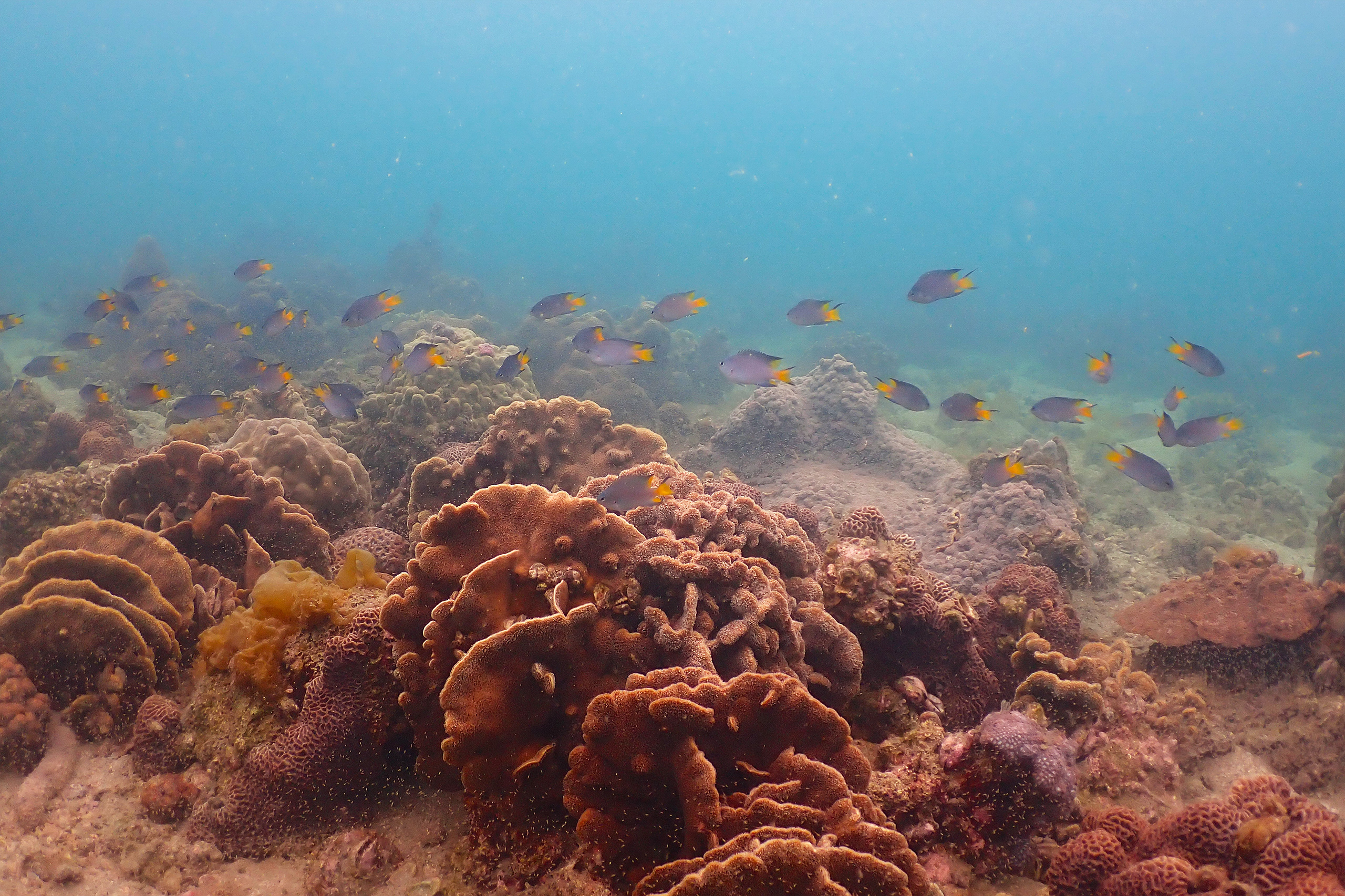
The highly populated and urbanised city of Hong Kong is home to surprisingly lush and diverse coral communities. In fact, the stony coral species there outnumber those in the Caribbean. When I visited Hong Kong’s marine protected area of Hoi Ha Wan (Bay Beneath the Sea), I was struck by the vibrancy of its reef. The captivating scene of a pair of clownfish whirling and retreating behind a reef has stayed in my mind ever since.
Watamu Marine National Park, Kenya
Brian Obara Wangoma – Impact editor, Africa
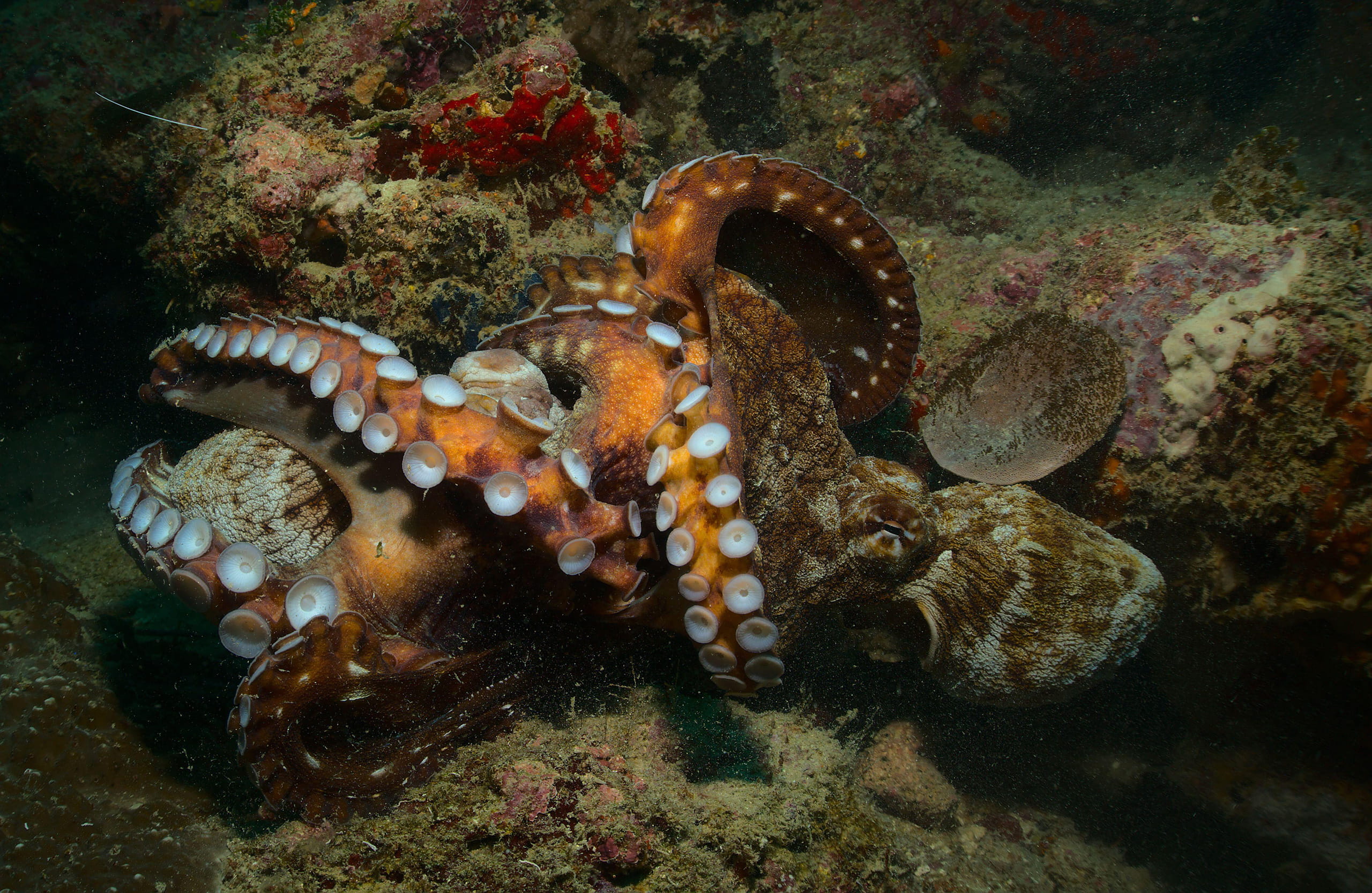
Watamu Marine National Park on the Kenyan coast boasts over 150 species of colourful corals, which is home to an underwater world teeming with life. With over 500 species of fish in the main park, and hundreds more in the surrounding area, there is something for everyone here: from majestic whale sharks, to graceful manta rays, octopuses and barracudas. The park is also a nesting ground for endangered sea turtles, including the green, hawksbill, and olive ridley species. A dedicated turtle watch programme, situated on the main park’s beach, is always worth a stop, and the park is a must-visit for any nature lover.
Chinese white dolphin
Cui Qiwen – Editor, China
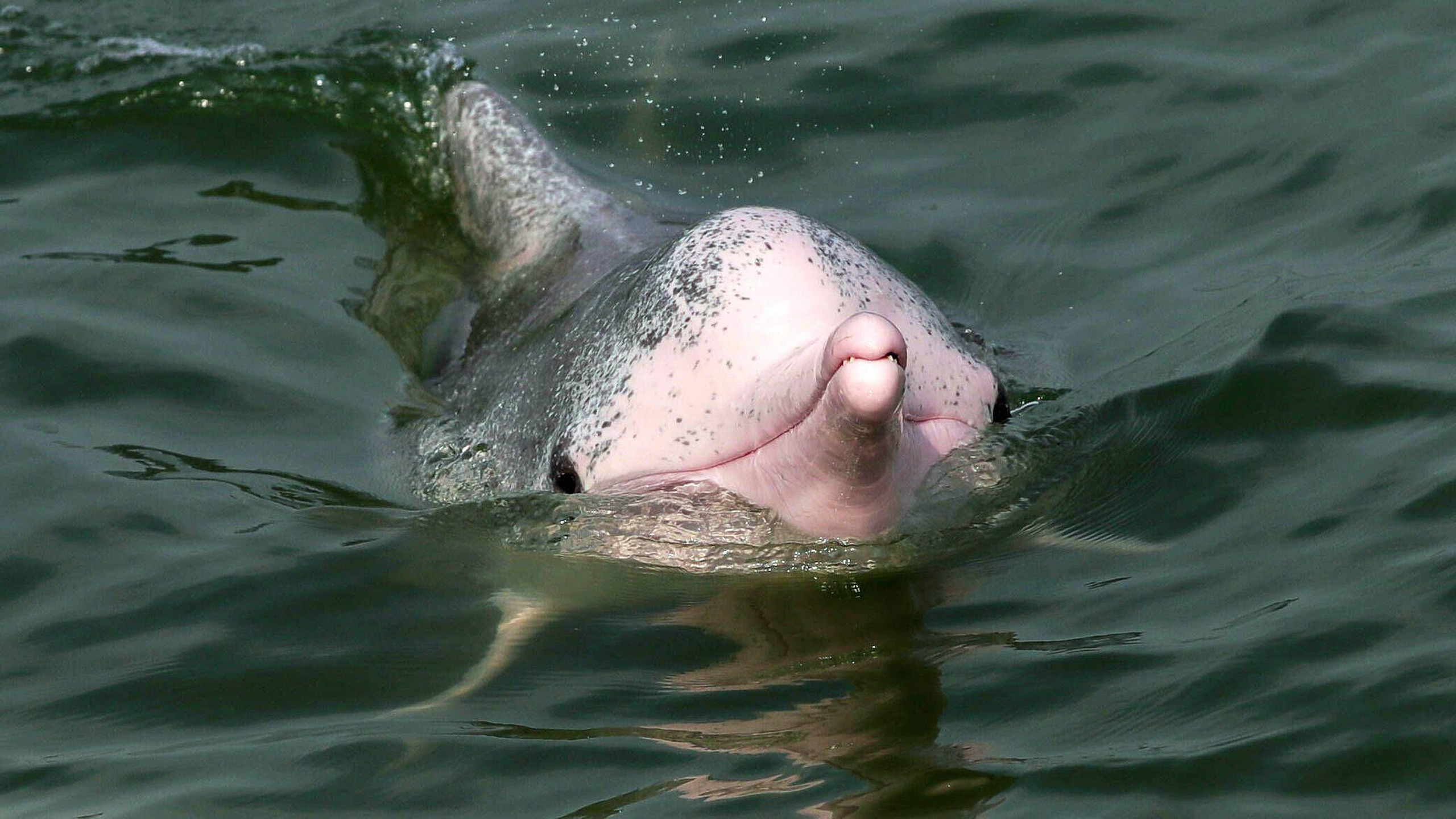
The Chinese white dolphin – also known as the “giant panda of the sea” – has a global population of around 6,000 and is listed as “vulnerable” by the International Union for Conservation of Nature. China is the species’ main habitat, with about 4,000-5,000 of them believed to live in its waters. In Fujian province, fishers call them “guardian fish”, believing the dolphins bring good luck. Chinese white dolphins prefer shallow, coastal waters no deeper than 25 metres, which also tend to be heavily fished areas. These dolphins are picky about their habitats, making them good indicators of marine environmental quality.
Puffin
Daniel Cressey – Editor, Ocean
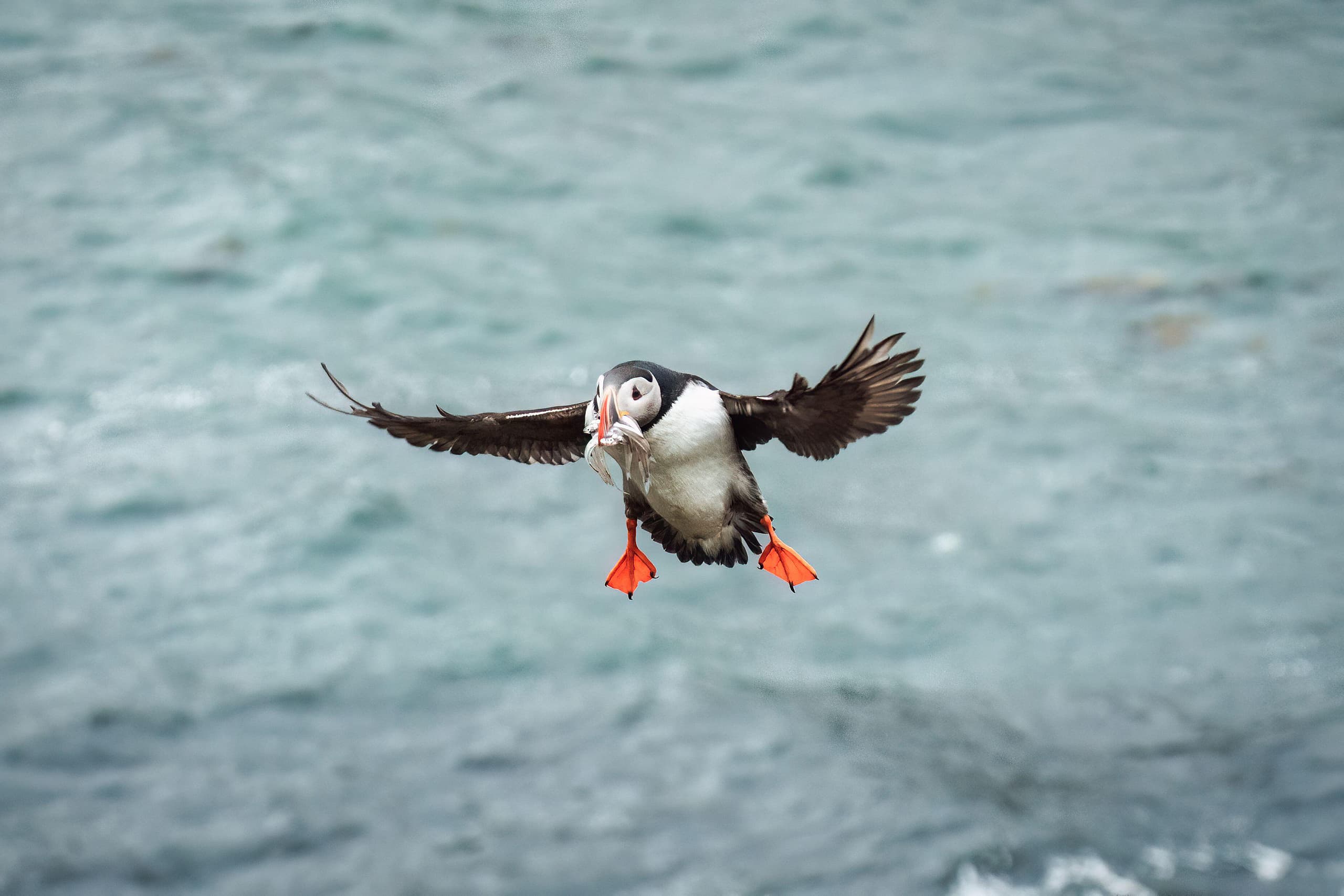
There are a ridiculous number of animals around the British Isles that an ocean editor could choose as a favourite. There are the sunfish, that wave their flippers above the surface of the English Channel, or the scallops, that propel themselves vertiginously out of the seabed below it. Or maybe the seals that will play with you on Scottish beaches. But the puffin has comedy value. It seems to struggle to fly, spinning its stubby wings with huge effort. Its young are called “pufflings”. Its landings are largely graceless. But underwater, they swim like athletes. They are also threatened by habitat loss and climate change. It would be a tragedy if this most personable of birds was lost.
Tanji Beach, The Gambia
Kebba Jeffang – Editor, West Africa
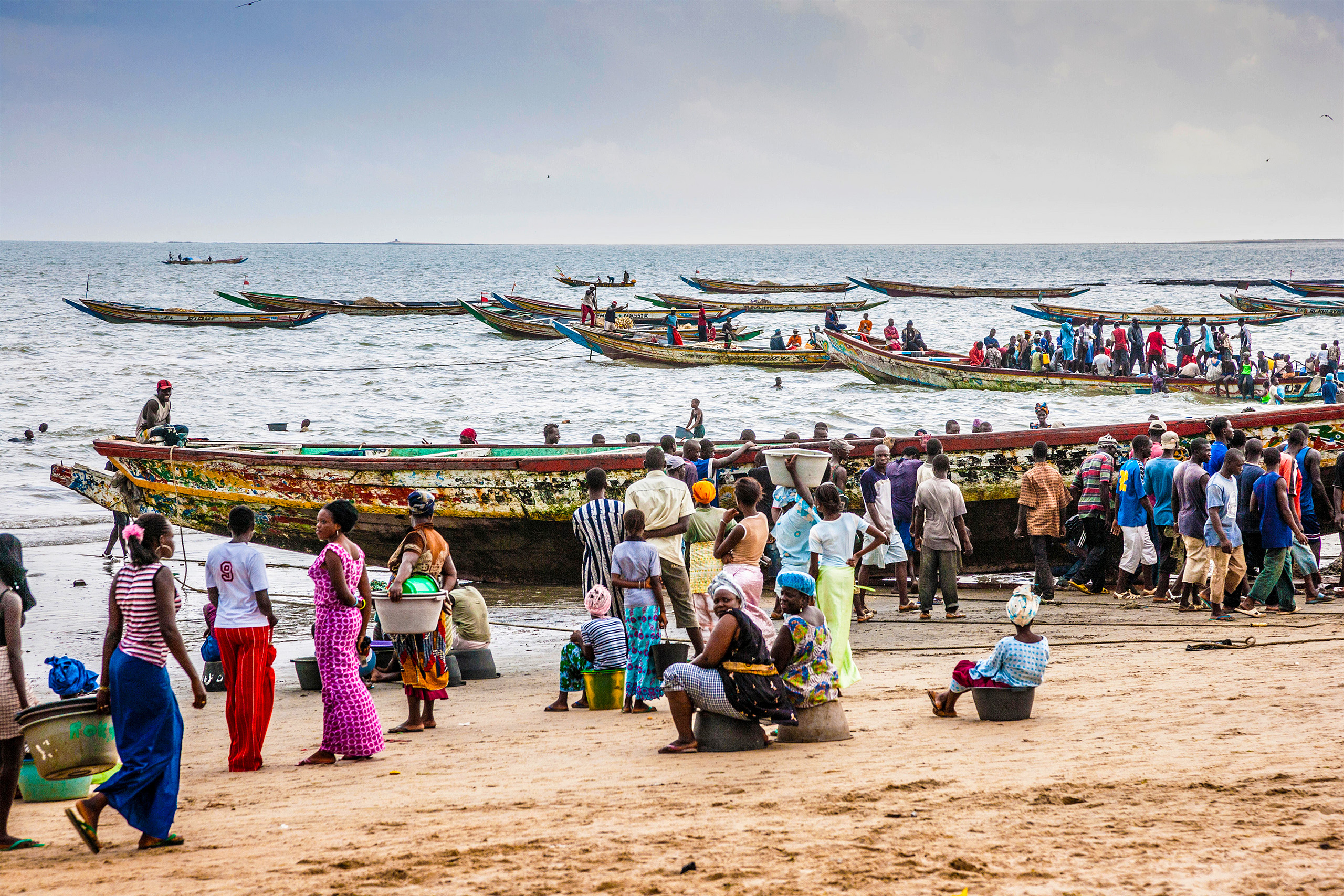
Tanji Beach is one of The Gambia’s busiest fish-landing sites. From 3-7pm daily, the site is packed with people looking to make savings by buying fish directly from mostly women vendors. Even President Barrow visits occasionally! The beach is also popular for its seabirds, which captivate tourists as they forage for leftovers. Tanji is one of the gifts the Atlantic has offered to The Gambia and its activity is always refreshing to witness. The beach’s annual six-month night-fishing ban allows fish populations to recover, and safeguards against dangerous storms between June and October. However, the ban currently exempts big, mainly foreign-owned trawlers, creating issues for the local economy.
Green turtle
Grissarin Chungsiriwat – Partnerships manager, Southeast Asia
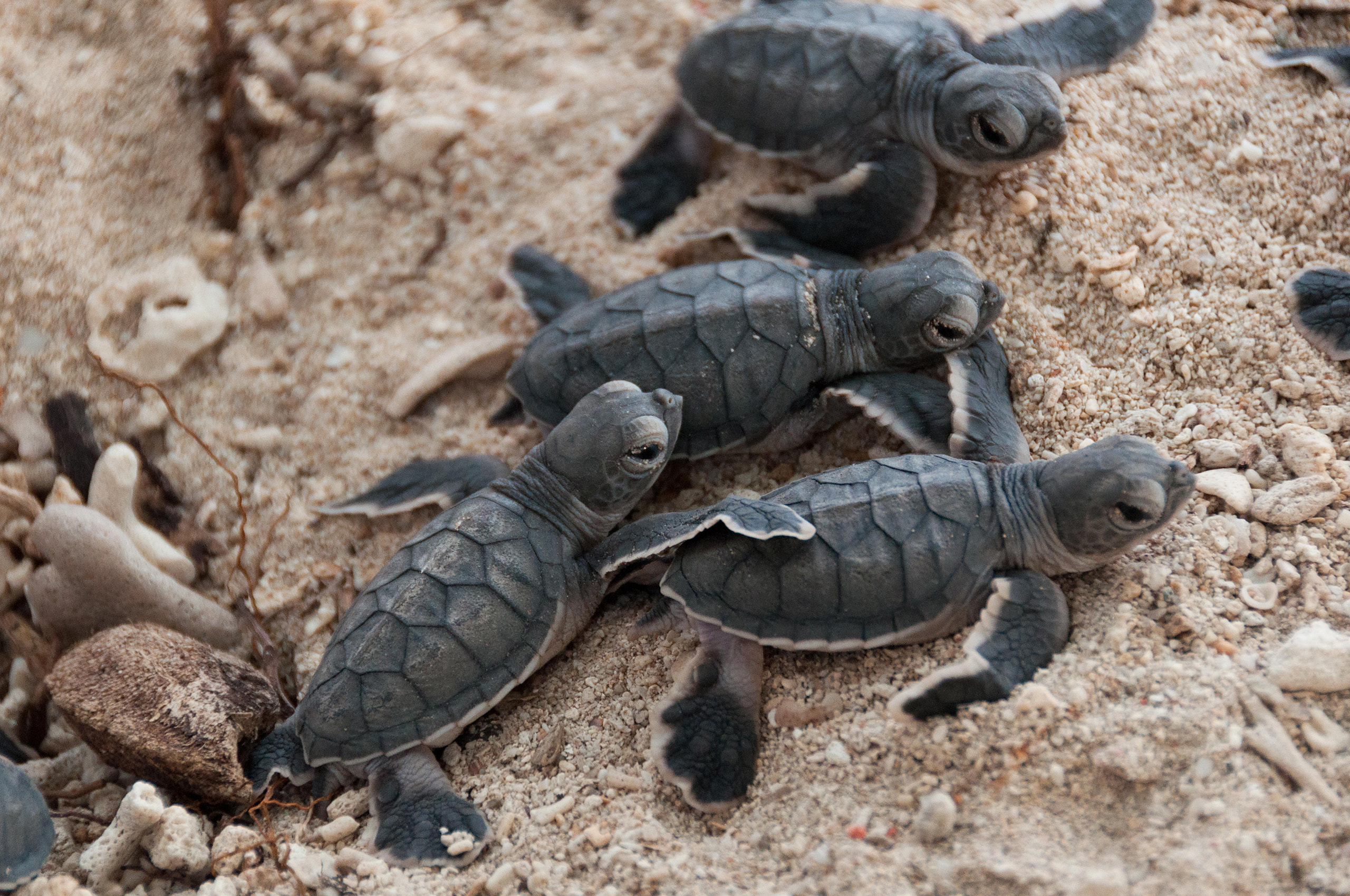
The green turtle is the world’s largest hard-shell turtle, weighing up to 180kg. It is one of five species of turtles that can be found in Thailand, out of seven worldwide. Green turtle nesting grounds are located in both the Gulf of Thailand and the Andaman Sea. On rare occasions, female green turtles can be spotted laying eggs on the quiet beaches of Phang-nga and Phuket islands. Locals and marine biologists celebrate this phenomenon and rush to protect the eggs, nurturing them and releasing hatched babies back into the ocean when they are ready.
Medes Islands, Spain
Iris Quesada – Administrator
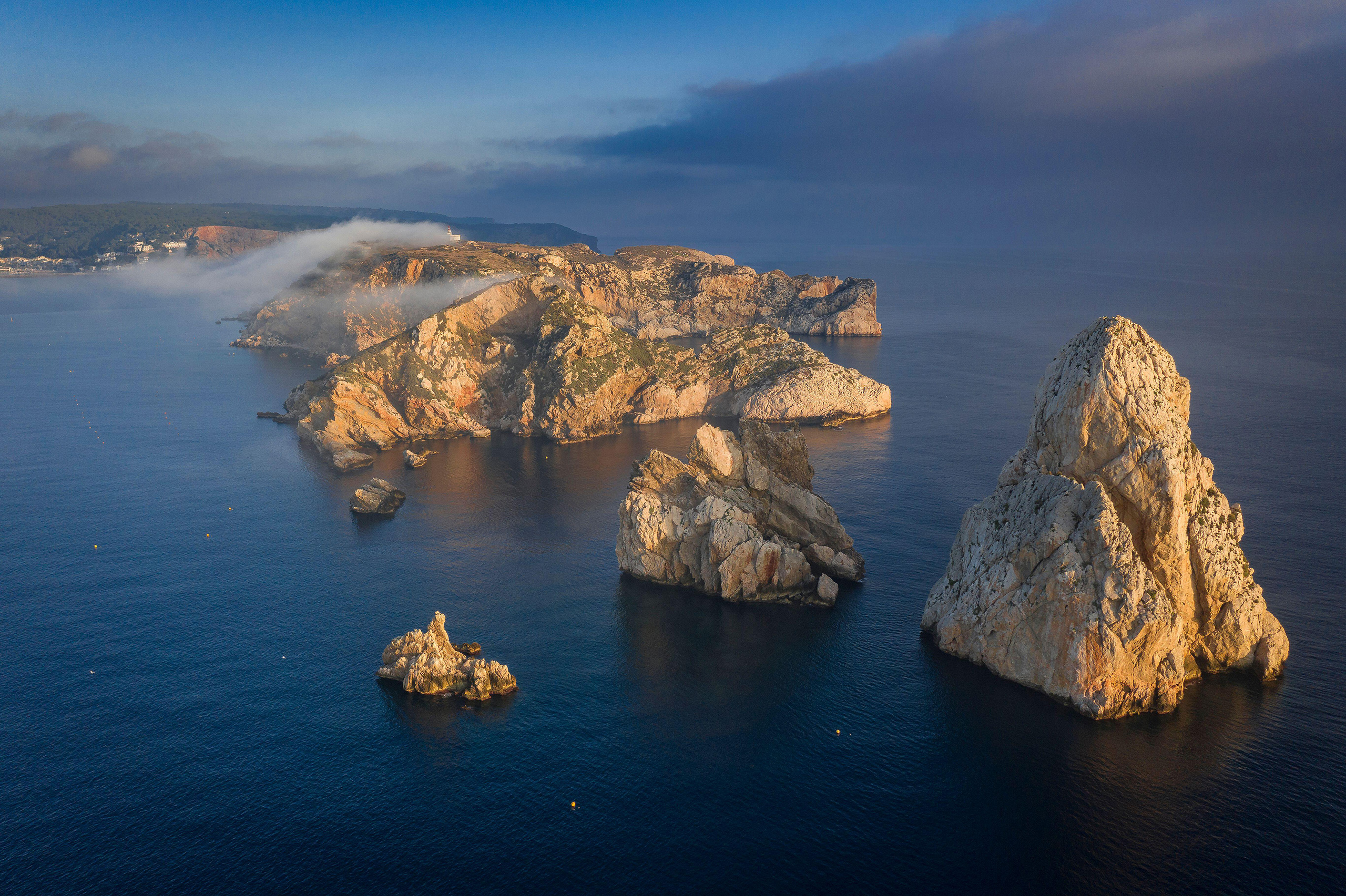
The Medes Islands are a marine paradise in Catalonia, Spain. They have long attracted scientists who travel there to study the underwater life, but it wasn’t until the 1980s that they finally attained protected status. It’s not uncommon for schools to organise trips to the islands for their students. The kids are taken in small boats with underwater viewing decks to marvel at the huge diversity of fish that live alongside red coral, starfish, groupers and even dolphins.
Rockpooling
Joe Coroneo-Seaman – Production assistant

On a recent trip to the wild Ardnamurchan peninsula in Scotland, I rediscovered a coastal pastime that will be familiar to anyone who grew up in the British Isles: rockpooling. Though not ideal for sunbathing, Britain’s many rocky beaches are ripe for exploring just after the tide has gone out. The small pools of seawater left behind are home to all sorts of charmingly named life: hermit crabs, beadlet anemones, blennies, bladderwrack and, if you’re lucky, a sea mouse. Evidence suggests that time spent in nature makes us care more about protecting it. So get your wellies on, grab a bucket and start wading.
